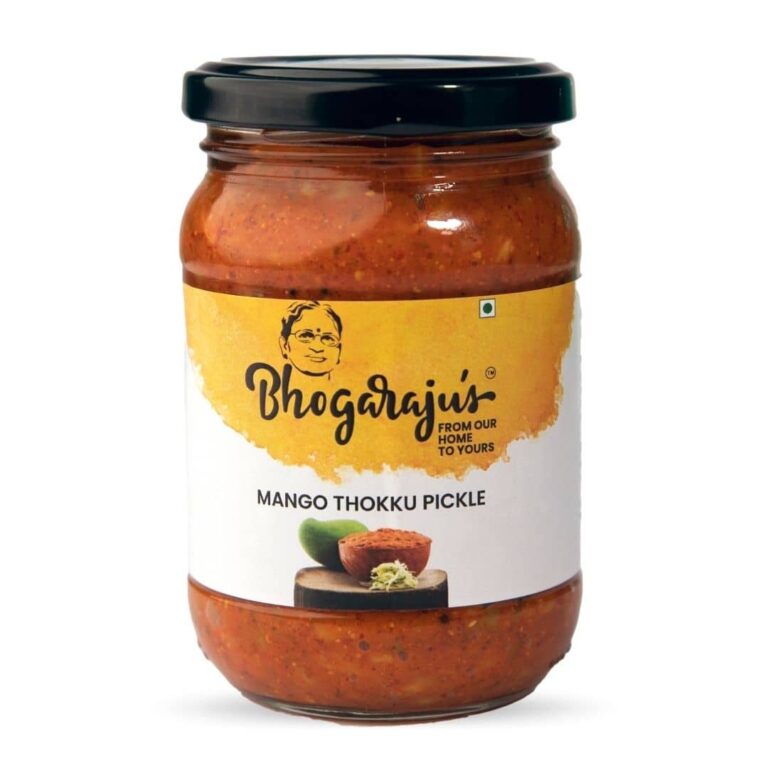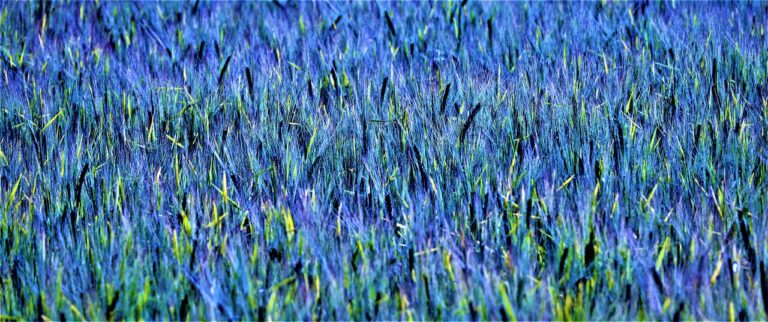The Art of Food Journalism: How to Tell Delicious Stories
Food journalism involves the art of storytelling through the lens of food and culinary experiences. It encompasses a blend of writing, photography, videography, and social media to convey the essence of food culture to the audience. Food journalists play a crucial role in exploring various facets of the culinary world, from recipes and cooking techniques to dining establishments and food trends.
At its core, food journalism seeks to inform, inspire, and engage readers by unraveling the stories behind the meals we consume. It delves into the history, culture, and traditions tied to different cuisines, shedding light on the individuals and communities that shape our relationship with food. Through in-depth research, interviews, and firsthand experiences, food journalists aim to capture the sensory richness of flavors, textures, and aromas that make dining a gratifying and memorable affair.
The Importance of Food Journalism
Food journalism plays a crucial role in not only informing readers about the latest food trends and culinary techniques but also in shedding light on important issues within the food industry. Through in-depth investigative reporting, food journalists have the power to uncover hidden truths about food production, sustainability, and the impact of food choices on health and the environment.
By delving deep into the stories behind the meals we consume, food journalism can educate and empower individuals to make more informed decisions about their food consumption. Whether it’s exploring the origins of a particular dish, uncovering the challenges faced by farmers, or highlighting innovative solutions to food waste, food journalism has the ability to inspire change and foster a deeper connection to the food we eat.
Key Elements of a Compelling Food Story
The key elements of a compelling food story lie in the intricate details that weave a narrative around the culinary experience. From the tantalizing aroma of a simmering dish to the vibrant colors of fresh ingredients, each element plays a crucial role in capturing the essence of a food tale.
Moreover, the emotional connection that food evokes in people is a fundamental aspect of a compelling narrative. Whether it’s the nostalgia of a family recipe passed down through generations or the excitement of trying a new cuisine for the first time, emotions add depth and resonance to a food story, making it relatable and engaging to readers.
• The tantalizing aroma of a simmering dish
• The vibrant colors of fresh ingredients
• Emotional connections evoked by food
– Nostalgia of family recipes
– Excitement of trying new cuisine
What is the role of food journalism?
Food journalism is a form of journalism that focuses on food, restaurants, cooking, and culinary culture. It helps to inform and educate readers about various aspects of the food industry.
Why is food journalism important?
Food journalism plays a crucial role in informing consumers about food trends, restaurant reviews, and food-related issues. It helps to promote a better understanding of food culture and encourages healthy eating habits.
What are some key elements of a compelling food story?
Some key elements of a compelling food story include vivid descriptions of the food, engaging storytelling, personal anecdotes, cultural context, nutritional information, and behind-the-scenes insights into the food industry. These elements help to capture the reader’s attention and create a memorable food experience.







